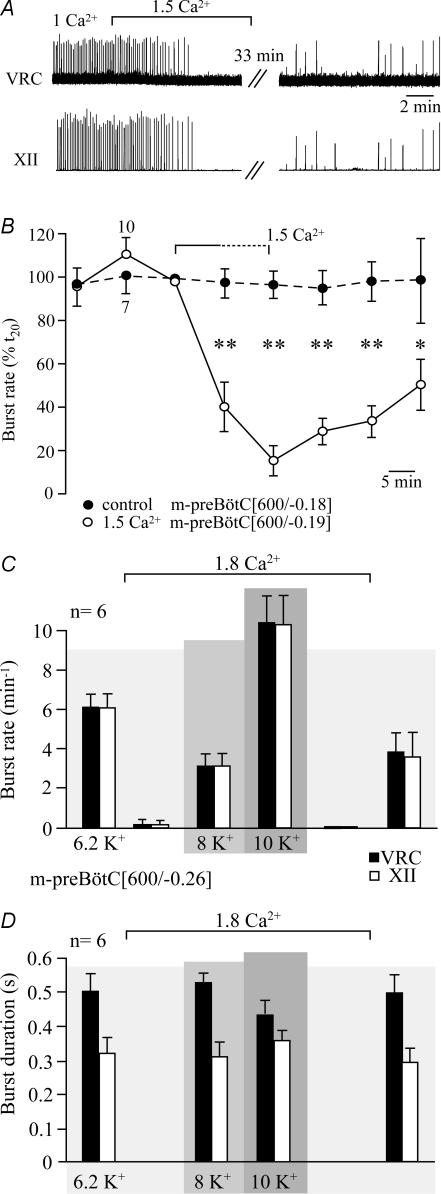Figure 15. Block by Ca2+ of preBötC and XII rhythm in preBötC slices.
A, synchronous inspiratory bursting of XII nerve and VRC/preBötC in a m-preBötC[600/−0.30]W-P1 slice was abolished by raising superfusate Ca2+ from 1 to 1.5 mm (in 3 mm K+ and 2 mm Mg2+). Note that rhythm did not fully recover within > 40 min after return to 1 mm Ca2+. B, plot of burst rate of 10 m-preBötC[600/−0.19] slices with mean boundaries 0.19 ± 0.10/0.82 ± 0.05 mm caudal to VIIc (^) in response to 1.5 mm Ca2+ (in 3 mm K+ and 2 mm Mg2+). The dotted line in bracket indicating the application of elevated [Ca2+] symbolizes that administration periods varied between 10 and 20 min depending on when the inhibitory effect reached steady-state. Filled circles indicate burst rates in 7 control m-preBötC[600/−0.18] slices with mean boundaries 0.18 ± 0.11/0.78 ± 0.10 mm caudal to VIIc in 1 mm Ca2+, 3 mm K+ and 2 mm Mg2+ solution. Asterisks show significant (*P < 0.05; **P < 0.01) difference between controls and the group treated with 1.5 mm Ca2+. C and D, mean rate (C) and duration (D) of VRC/preBötC (▪) and XII bursts (□) in 6 m-preBötC[600/−0.26] slices with mean boundaries 0.26 ± 0.12/0.86 ± 0.03 mm caudal to VIIc during variation of superfusate Ca2+ and K+. In control, slices were kept in 6.2 mm K+, 1 mm Ca2+ and 2 mm Mg2+. Subsequently, rhythm was blocked upon elevation of Ca2+ to 1.8 mm and reactivated by raising K+, first to 8 mm, then to 10 mm. Rhythm was blocked again upon return to 1.8 mm Ca2+ in 6.2 mm K+ and recovered to values close to control following lowering of Ca2+ to 1 mm.

